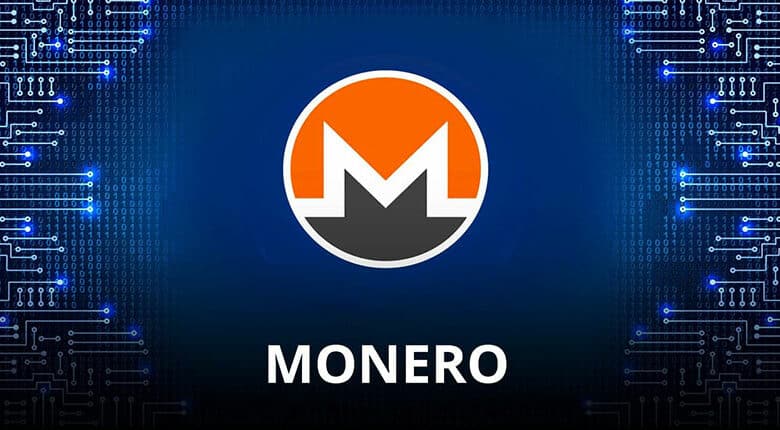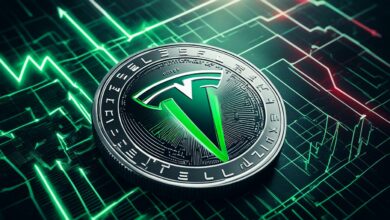Monero Mining: A Beginner’s Guide

Cryptocurrency has gained immense popularity over the years, with various digital currencies emerging in the market. Among them, Monero stands out as a privacy-focused cryptocurrency known for its emphasis on security and anonymity. Monero mining allows individuals to participate in the network, validate transactions, and earn rewards. In this beginner’s guide, we will delve into the world of Monero mining and provide you with all the essential information you need to get started.
What is Monero?
Monero (XMR) is a decentralized cryptocurrency that prioritizes privacy and security. Unlike Bitcoin and other cryptocurrencies, which have public ledgers that expose transaction details, Monero employs advanced cryptographic techniques to obfuscate the sender, receiver, and transaction amounts. This makes Monero highly fungible and untraceable.
Understanding Cryptocurrency Mining
Cryptocurrency mining is the process of validating transactions and adding them to the blockchain. Miners use powerful computers to solve complex mathematical problems that secure the network. In return for their computational efforts, miners are rewarded with newly minted coins. Monero utilizes a mining algorithm called RandomX, which is optimized for CPU mining.
Why Mine Monero?
There are several reasons why individuals choose to mine Monero:
- Privacy: Monero’s focus on privacy makes it an attractive choice for those who value anonymity in their financial transactions.
- Potential Profitability: Mining Monero can be a profitable venture, especially when done efficiently with the right hardware and software.
- Community and Network Participation: Mining allows you to contribute to the decentralized nature of the Monero network and be part of a vibrant community.
Hardware Requirements for Monero Mining
To mine Monero, you need a computer with suitable hardware specifications. Here are the key components you’ll require:
- Central Processing Unit (CPU): Monero mining primarily relies on CPU power, so a processor with multiple cores and high clock speed is preferable.
- Random Access Memory (RAM): Sufficient RAM is essential for efficient mining. Aim for at least 8 GB or more for optimal performance.
- Storage: You’ll need ample storage for the operating system, mining software, and blockchain data.
- Power Supply: A reliable power supply unit (PSU) capable of handling the mining rig’s power requirements is necessary.
Choosing the Right Mining Software
To mine Monero, you’ll need suitable mining software. Here are some popular options:
- XMRig: XMRig is an open-source Monero mining software that supports CPU and GPU mining.
- XMR-STAK: XMR-STAK is another versatile mining software that allows you to mine Monero using both CPUs and GPUs.
- Minergate: Minergate offers a user-friendly interface and supports multiple cryptocurrencies, including Monero.
Joining a Mining Pool
While it’s possible to mine Monero individually (solo mining), joining a mining pool is often more profitable for beginners. In a mining pool, miners combine their computational power to increase their chances of earning rewards. Popular Monero mining pools include SupportXMR, MineXMR, and Nanopool.
Setting Up Monero Wallet
Before you start mining, you’ll need a Monero wallet to store your earnings. There are various wallet options available, including desktop wallets, mobile wallets, and web wallets. Some popular choices are the official Monero GUI wallet, MyMonero, and Cake Wallet.
Configuring Mining Software
Once you have your hardware and wallet set up, it’s time to configure your mining software. Each mining software has its own configuration process, which usually involves specifying the mining pool’s address, your wallet address, and other relevant settings. Consult the software’s documentation or community for detailed instructions.
Mining Monero: Solo vs. Pool Mining
You have the option to mine Monero individually (solo mining) or join a mining pool. Solo mining can be more rewarding if you have significant computational power, but it’s less predictable due to the random nature of mining. Pool mining offers more consistent earnings but involves sharing the rewards with other miners.
Optimizing Mining Performance
To maximize your mining efficiency, consider the following tips:
- Overclocking: If your hardware allows it, overclocking your CPU can increase your mining speed.
- Mining Software Optimization: Configure your mining software for optimal performance by adjusting settings such as thread count and intensity.
- Monitoring and Fine-tuning: Regularly monitor your mining operation and fine-tune the settings to achieve the best results.
Monitoring and Managing Your Mining Operation
Once your mining operation is up and running, it’s crucial to monitor its performance and ensure everything runs smoothly. Keep an eye on your hardware temperature, hashrate, and pool statistics. Additionally, consider using monitoring software such as Awesome Miner or Minerstat to streamline the management process.
Profitability and Return on Investment
Mining profitability depends on various factors, including hardware costs, electricity expenses, mining difficulty, and market conditions. Several online calculators can help you estimate potential earnings and determine the return on your investment. Remember to factor in costs and consider the volatile nature of cryptocurrency markets.
Potential Challenges and Solutions
While Monero mining can be rewarding, you may encounter challenges along the way. Common issues include hardware compatibility, software configuration, and network connectivity. Engaging with the Monero mining community through forums and social media platforms can provide valuable insights and solutions to overcome these challenges.
Ensuring Security and Privacy
As with any cryptocurrency-related activity, it’s essential to prioritize security and privacy. Follow these best practices to protect your mining operation:
- Use strong and unique passwords for all your accounts.
- Enable two-factor authentication whenever possible.
- Regularly update your mining software and operating system.
- Be cautious of phishing attempts and suspicious links.
Conclusion
Monero mining offers individuals an opportunity to participate in the world of cryptocurrency while emphasizing privacy and security. By following this beginner’s guide, you should now have a solid understanding of Monero, the mining process, hardware requirements, software options, and essential considerations for a successful mining operation. Remember to stay informed, adapt to changing conditions, and enjoy the exciting journey of Monero mining.
FAQs
1. Can I mine Monero with a regular computer?
- Yes, you can mine Monero with a regular computer, but having a powerful CPU or GPU will significantly enhance your mining performance.
2. How long does it take to mine one Monero coin?
- The time it takes to mine one Monero coin depends on various factors, including your mining hardware, hashrate, and the current network difficulty. On average, it can take several days or weeks to mine one coin.
3. Is Monero mining profitable?
- Monero mining can be profitable, but it depends on factors such as electricity costs, mining hardware, and the current Monero price. It’s essential to calculate your mining profitability before starting.
4. Can I mine Monero with my smartphone?
- Mining Monero with a smartphone is not recommended. Mobile devices have limited computational power and may not yield significant mining results. It’s more efficient to mine Monero using a computer with powerful hardware.
5. How can I sell the Monero coins I mine?
- To sell the Monero coins you mine, you can use cryptocurrency exchanges that support Monero, such as Binance or Kraken. Create an account, deposit your mined coins, and follow the exchange’s instructions to sell them.




